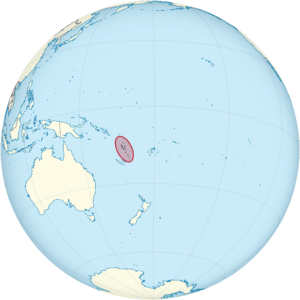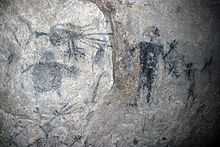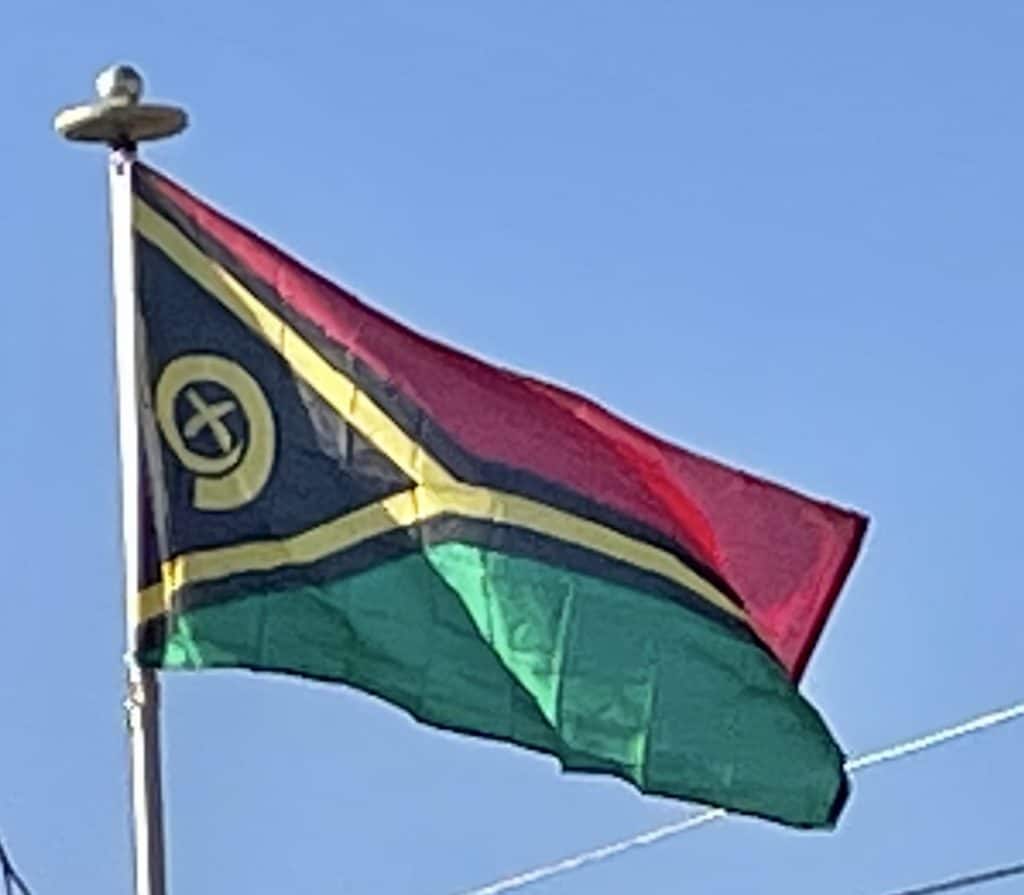Introduction:
Vanuatu, officially the Republic of Vanuatu, is an island country located in the South Pacific Ocean. The archipelago, which is of volcanic origin, is 1,750 kilometers (1,090 mi) east of northern Australia, 540 kilometers (340 mi) northeast of New Caledonia, east of New Guinea, southeast of the Solomon Islands, and west of Fiji.
Vanuatu was first inhabited by Melanesian people. The first Europeans to visit the islands were a Spanish expedition led by Portuguese navigator Fernandes de Queirós, who arrived on the largest island, Espíritu Santo, in 1606. Queirós claimed the archipelago for Spain, as part of the colonial Spanish East Indies, and named it La Austrialia del Espíritu Santo.
In the 1880s, France and the United Kingdom claimed parts of the archipelago, and in 1906, they agreed on a framework for jointly managing the archipelago as the New Hebrides through an Anglo-French condominium.
An independence movement arose in the 1970s, and the Republic of Vanuatu was founded in 1980. Since independence, the country has become a member of the United Nations, Commonwealth of Nations, Organisation internationale de la Francophonie and the Pacific Islands Forum.
History:
Prehistory:
The history of Vanuatu before European colonization is mostly obscure because of the lack of written sources up to that point, and because only limited archaeological work has been conducted; Vanuatu’s volatile geology and climate is also likely to have destroyed or hidden many prehistoric sites. However, archaeological evidence gathered since the 1980s supports the theory that the Vanuatuan islands were first settled about 3,000 years ago, in the period roughly between 1,100 BC and 700 BC. These were almost certainly people of the Lapita culture. The formerly widespread idea that Vanuatu might have been only marginally affected by this culture was rendered obsolete by the evidence uncovered in recent decades at numerous sites on most of the islands in the archipelago, ranging from the Banks Islands in the north to Aneityum in the south.
Notable Lapita sites include Teouma on Éfaté, Uripiv and Vao off the coast of Malakula, and Makue on Aore. Several ancient burial sites have been excavated, most notably Teouma on Éfaté, which has a large ancient cemetery containing the remains of 94 individuals. There are also sites – on Éfate and on the adjacent islands of Lelepa and Eretoka – associated with the 16th–17th century chief or chiefs called Roy Mata. (This may be a title held by different men over several generations.) Roy Mata is said to have united local clans and instituted and presided over an era of peace.
The stories about Roy Mata come from local oral tradition, and are consistent with centuries-old evidence uncovered at archaeological sites. The Lapita sites became Vanuatu’s first UNESCO World Heritage Site in 2008.

Over time, the Lapita culture lost much of its early unity; as such, it became increasingly fragmented. The precise reasons for this are unclear. However, over the centuries pottery, settlement and burial practices in Vanuatu all evolved in a more localized direction, with long-distance trade and migration patterns contracting. However some limited long-distance trade did continue, with similar cultural practices and late-period items also being found in Fiji, New Caledonia, the Bismarks and the Solomons. Finds in central and southern Vanuatu, such as distinctive adzes, also indicate some trade connections with, and possibly population movements of, Polynesian peoples to the east.
